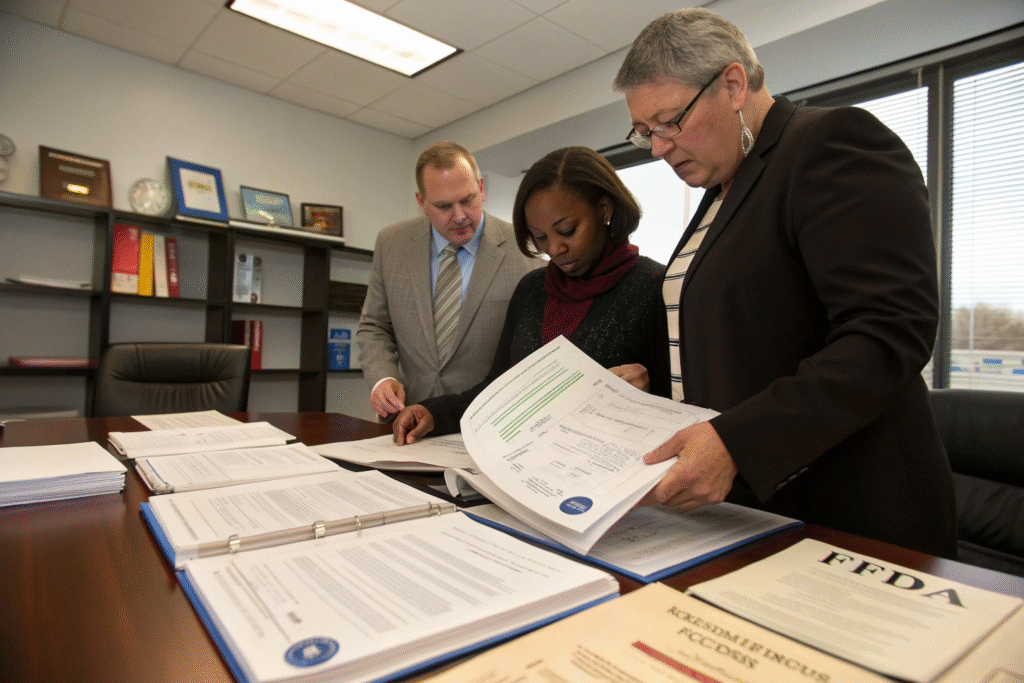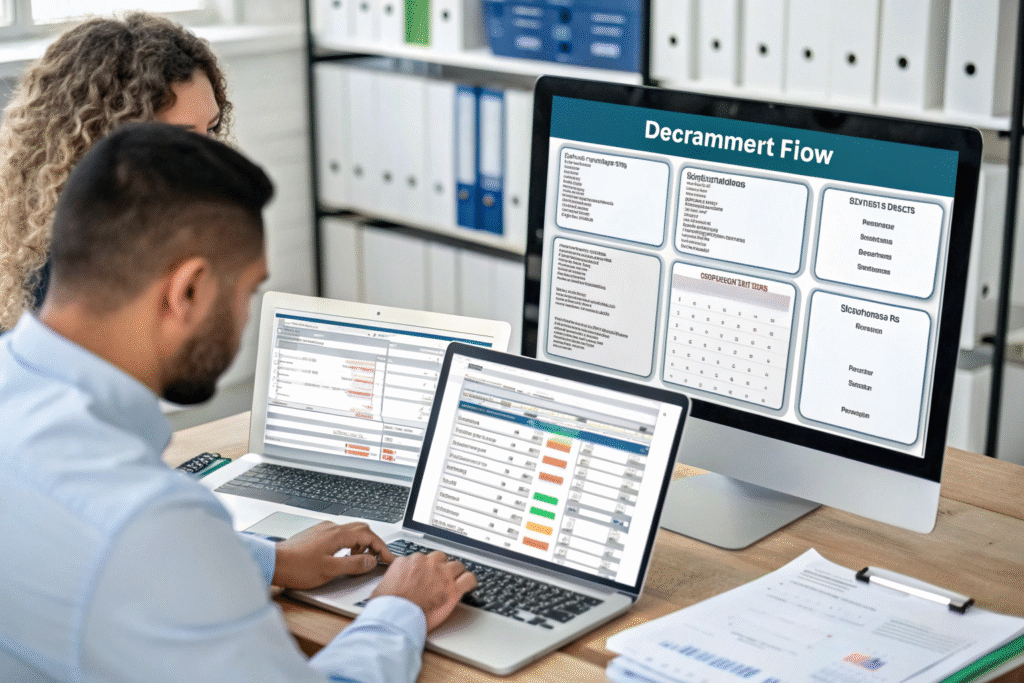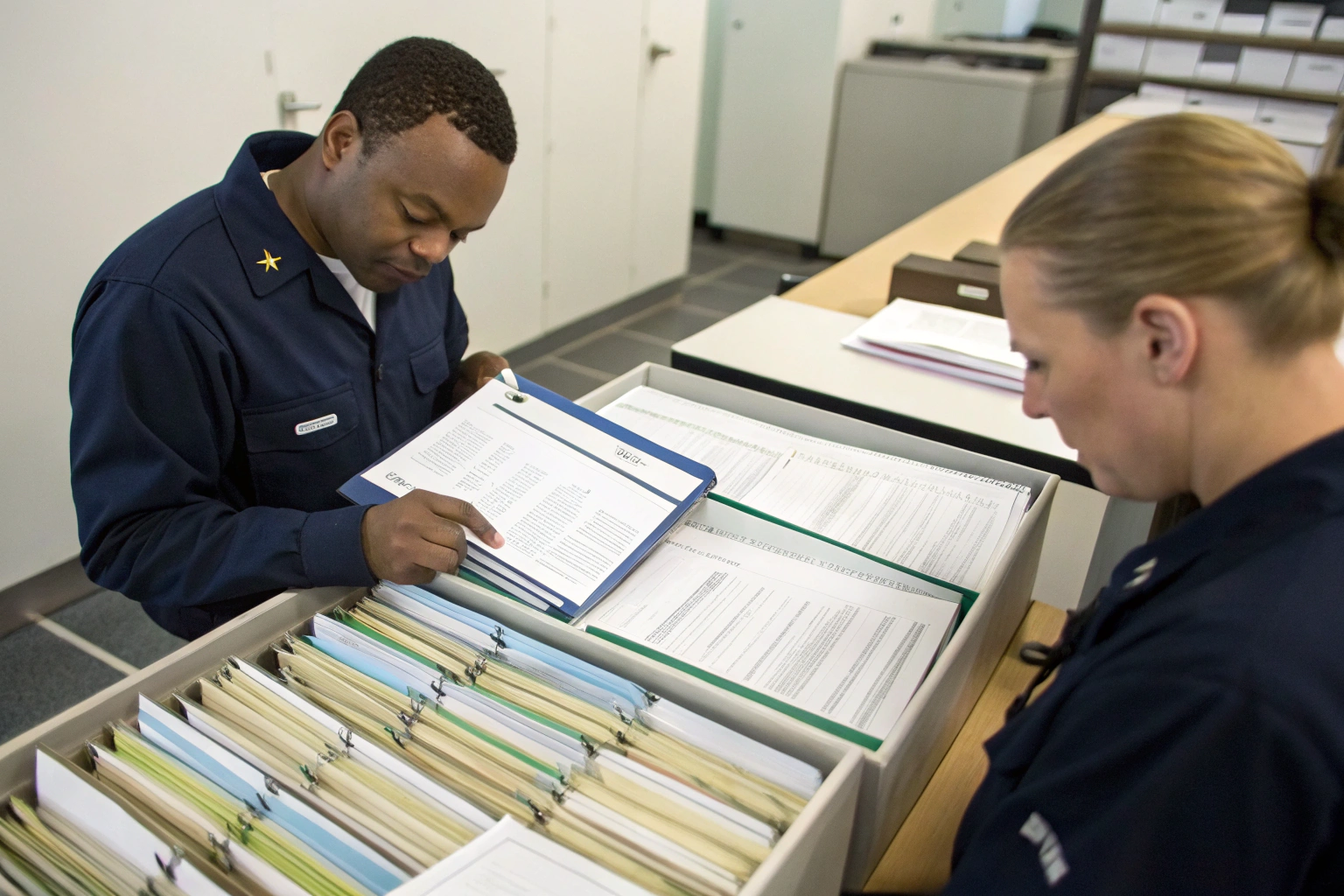Importing from China to the US involves navigating a complex web of documentation requirements. Missing or incorrect paperwork can lead to costly delays, customs holds, or even seizure of your goods. Many first-time importers underestimate the documentation complexity, focusing only on the commercial aspects while neglecting compliance requirements.
You need commercial invoices, packing lists, bill of lading, customs entry documents, Importer Security Filing, and potentially certificates of origin, import licenses, and product-specific certifications. Proper documentation ensures smooth customs clearance and compliance with US import regulations.
Let's examine each required document in detail and understand how they work together to create a compliant import package.
What are the essential commercial documents?
The commercial documents form the foundation of your import package, providing the basic information customs authorities need to process your shipment. These documents tell the story of your transaction and establish the value and nature of your goods.
The commercial invoice is the most important document, detailing the transaction between buyer and seller. The packing list provides physical details about the shipment. The bill of lading or air waybill serves as the contract of carriage and title document. Together, these three documents must tell a consistent story about what you're importing, its value, and its journey from China to the US.

What makes a commercial invoice compliant?
A proper commercial invoice must include:
- Seller and buyer information with complete addresses
- Detailed product descriptions including materials and intended use
- Accurate quantity and value for each item
- Currency specification and total invoice value
- Incoterms clearly stated defining responsibility transfer
- Country of origin for each product
- Signature and date from the seller
Missing any of these elements can trigger customs delays and requests for additional information.
Why is bill of lading accuracy critical?
The bill of lading requires careful attention because:
- It serves as title document for the goods
- It must match commercial invoice details exactly
- Inconsistencies cause customs holds and release delays
- It determines carrier liability for the shipment
- Errors are costly to correct once issued
Always review the bill of lading draft carefully before the final version is issued.
What customs-specific documents are required?
Beyond commercial documents, US Customs and Border Protection requires specific filings and forms to process your import. These documents demonstrate compliance with US import regulations and facilitate the release of your goods.
The Importer Security Filing (ISF-10) must be submitted 24 hours before loading at the foreign port. The customs entry package (CBP Form 3461) is required upon arrival. A customs power of attorney allows your broker to act on your behalf. Continuous bonds may be required for regular importers. Additional documents might be needed based on your product type and value.

What is the Importer Security Filing requirement?
The ISF-10 requires these data elements:
- Seller name and address from the commercial transaction
- Buyer name and address as shown on commercial documents
- Importer of record number (usually your EIN)
- Consignee number if different from importer
- Manufacturer/supplier information for all parties
- Ship to party receiving the goods
- Country of origin for all commodities
- Commodity HTSUS number at the 6-digit level
Late or inaccurate ISF filings can result in $5,000 penalties per violation.
When do you need a continuous bond?
Continuous bonds are required for:
- Formal entries for shipments valued over $2,500
- Certain restricted merchandise regardless of value
- Frequent importers wanting streamlined processing
- Warehouse withdrawals from bonded facilities
- Foreign Trade Zone transfers to US territory
The bond amount is typically 10% of duties and taxes paid annually.
What product-specific documents might be required?
Depending on your product type, additional certifications, licenses, or permits may be necessary for legal importation. Various US government agencies regulate specific product categories and require additional documentation.
The FDA requires prior notice for food, drugs, and medical devices. The FCC needs certification for electronic devices. The CPSC mandates compliance certificates for consumer products. USDA regulates agricultural products and wood packaging materials. The EPA controls certain chemicals and emissions-producing products. Understanding which agencies govern your products is crucial for complete documentation.

What FDA requirements apply to your products?
FDA-regulated products may need:
- Prior notice submission for food, drugs, and devices
- Facility registration for manufacturing sites
- Product listing for drugs and devices
- Labeling compliance with US requirements
- Ingredient declarations for food products
- Good Manufacturing Practice evidence
Failure to comply with FDA requirements can result in detention and refusal of admission.
When do you need certificates of origin?
Certificates of origin are required for:
- Claiming preferential duty rates under trade agreements
- Goods subject to anti-dumping duties
- Products from countries with special programs
- Textiles and apparel with specific origin rules
- Agricultural products with quota restrictions
Proper origin documentation can significantly reduce your duty costs when applicable.
How should you organize and manage your documents?
Proper document management ensures you can quickly access required paperwork during customs clearance and maintain records for compliance purposes. Disorganized documentation leads to delays, errors, and potential penalties.
Create a standardized document checklist for each shipment type. Maintain digital copies of all documents in an organized system. Implement a review process to verify document accuracy before submission. Keep records for the required retention period (typically 5 years). Use technology tools to track submission status and deadlines. This systematic approach prevents last-minute scrambling and ensures compliance.

What document retention requirements apply?
US Customs requires maintaining:
- Commercial documents for 5 years from entry date
- ISF records for 5 years from filing date
- Bond information for the bond term plus 6 years
- Product certifications for the product lifecycle
- Duty payment records for audit purposes
Proper record keeping is essential for potential customs audits.
How can technology improve document management?
Modern document management systems provide:
- Automated tracking of submission deadlines
- Digital storage with easy retrieval capabilities
- Template management for consistent document creation
- Collaboration tools for multiple stakeholders
- Compliance alerts for regulatory changes
- Integration capabilities with other business systems
These tools transform document management from administrative burden to strategic advantage.
Conclusion
Successful importing from China to the US requires meticulous attention to documentation requirements. From commercial invoices and bills of lading to customs filings and product-specific certifications, each document plays a crucial role in ensuring smooth customs clearance and regulatory compliance. By understanding the complete documentation landscape, implementing systematic management processes, and leveraging expert resources when needed, you can navigate the complexities of international trade documentation efficiently. Remember that proper documentation isn't just about compliance—it's about building a foundation for sustainable import operations that can scale with your business growth.









